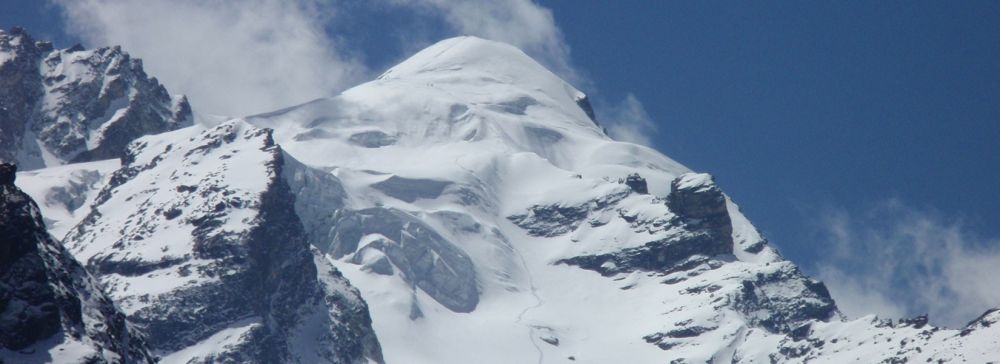Climbers should ensure they have the proper gear, such as warm clothing, climbing boots, crampons, and ropes. Acclimatizing to the altitude gradually, staying hydrated, and being aware of weather conditions are crucial. It is also advisable to have a reliable guide and carry a first aid kit, as well as means of communication in case of emergency.

